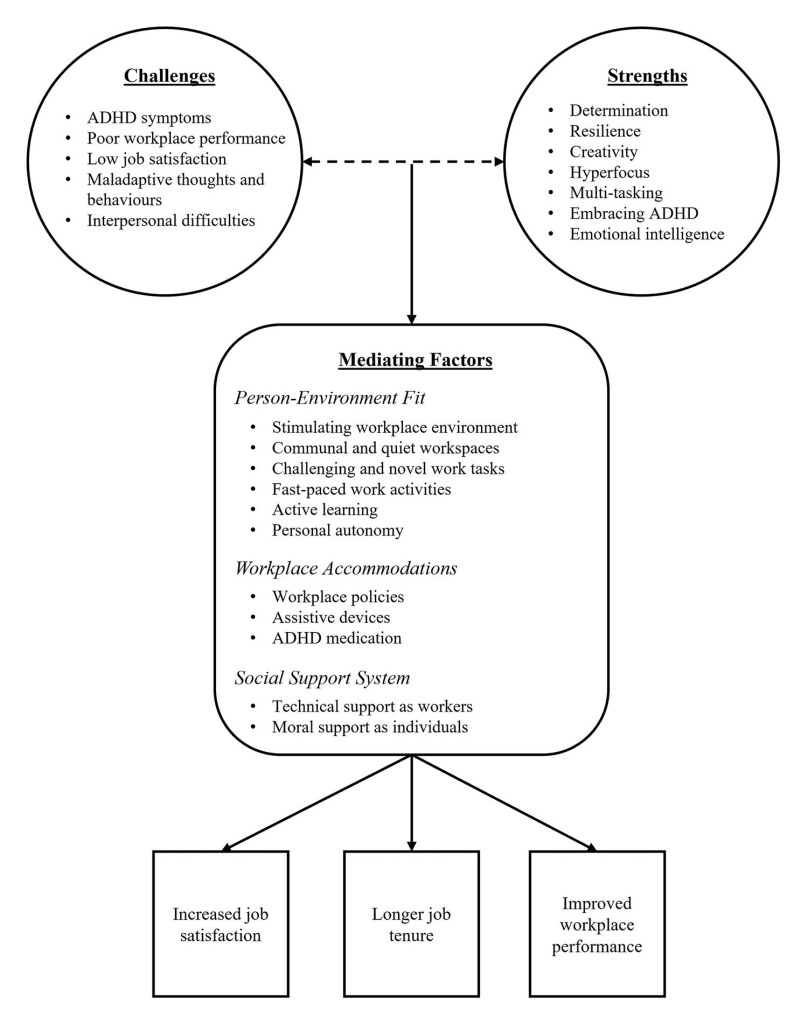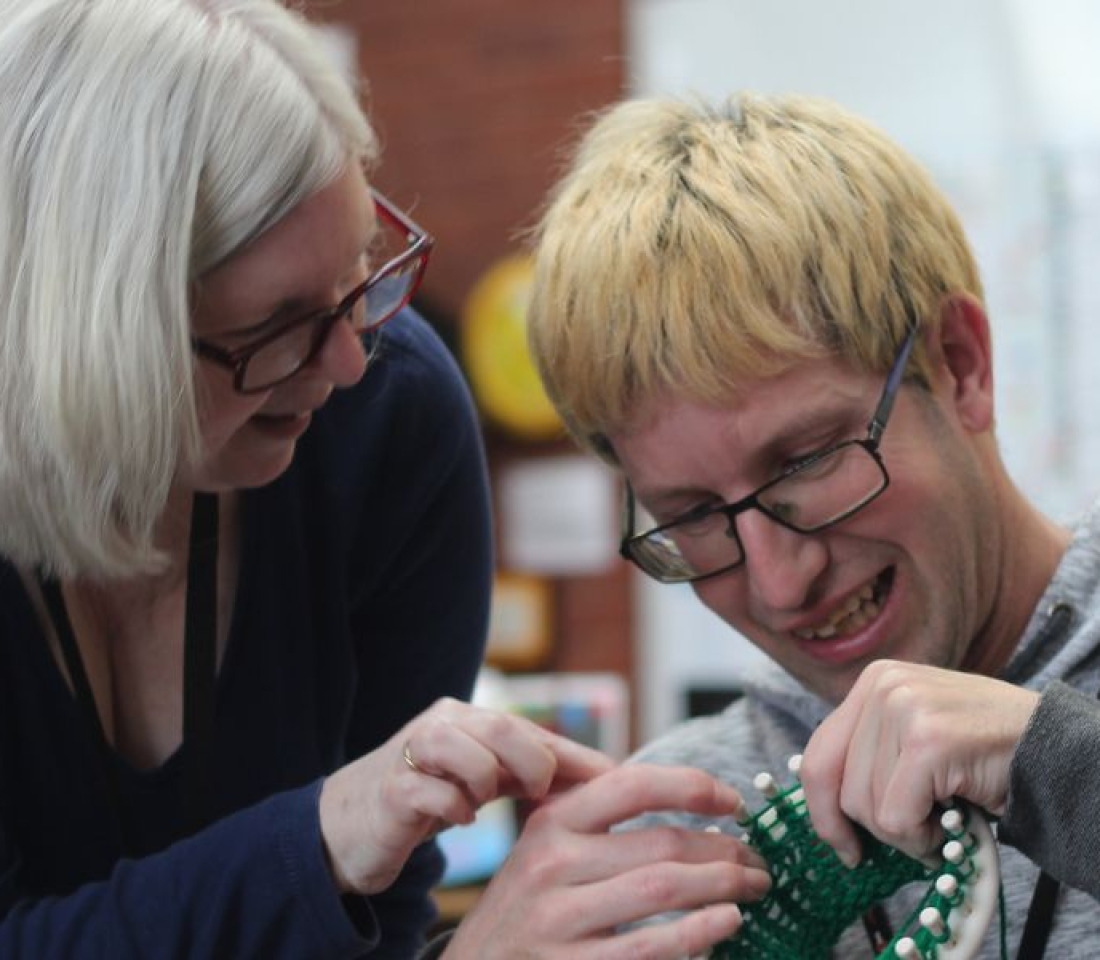Research spotlight on attention deficit hyperactivity disorder (ADHD)
This review suggests that ensuring a good job fit and adopting supportive practices can deliver positive workplace experiences for ADHD adults.
Hotte-Meunier, A., Sarraf, L., Bougeard, A., Bernier, F., Voyer, C., Deng, J., El Asmar, S., Stamate, A. N., Corbière, M., Villotti, P., & Sauvé, G. (2024). Strengths and challenges to embrace attention-deficit/hyperactivity disorder in employment—A systematic review.
Neurodiversity, 2. https://doi.org/10.1177/27546330241287655
Key findings
- ADHD adults often experience distinctive challenges in the workplace
- Workplace accommodations can mitigate challenges for ADHD adults to increase job
satisfaction and longevity, and performance. - Future research should consider potential workplace differences between gender and
for those ADHD adults with additional diagnoses
Overview
Overview
Adéle Hotte-Meunier and her colleagues highlighted that behaviours of inattention and hyperactivity linked with a diagnosis of ADHD in children and adolescents can continue into adulthood.
They point to evidence which suggests that around 4% of adults in the workplace have a diagnosis of ADHD.
The paper reviews 79 studies published from 1993 to 2023 that looked at employment experiences and outcomes in ADHD adults.
Studies were published across 22 countries and collectively included more than 68,000 adults with a diagnosis of ADHD.
The review focused on understanding the strengths and challenges adults with ADHD experience in the workplace.
Its goal was to outline concrete steps that employers can take to support adults with ADHD to enable individuals to meet the demands of their work role and to experience job satisfaction and stability.
Strengths and challenges
The paper drew on published studies to describe how core behaviours associated with a diagnosis of ADHD can make key elements of the workplace, such as organization and time management more difficult.
It described how ADHD behaviours can impact job performance and workplace relationships.
Behaviours included inattention (e.g., focusing and maintaining attention to complete tasks, or switching attention to work across different tasks), impulsive behaviour (e.g., associated with poor planning or excessive talking) and hyperactivity (i.e., reflecting a busy mind, increased restlessness, and heightened emotional sensitivity).
The review goes on to draw out the intersection between strengths and challenges in ADHD.
It points to evidence which suggests that workplace challenges can foster individual determination, resilience and optimism at work, as well as enabling the development of empathy and sensitivity with colleagues.
It highlighted further studies that indicated how ADHD adults can draw on inherent creativity to bring new perspectives and ways of thinking to the workplace.
Moreover, the review discussed studies demonstrating that when faced with stimulating tasks ADHD adults can become immersed in them to meet deadlines.
Creating positive workplace environments
The review outlined that organisations are key to developing positive experiences and outcomes for ADHD adults in the workplace.
Consistent with the social model of disability, the review argued that organisations should focus on how they can adapt the workplace to remove barriers to best support ADHD adults.
It proposed three key recommendations for change in practice that focus on:
- adapting the workplace environment to fit the person (e.g., make sure that the job role plays to individual strengths, provides autonomy and creates different spaces to work),
- the introduction of tools that enhance job performance (e.g., the provision of software to organize the work day), and
- the creation of a socially supportive workplace (e.g., where an individual can turn to colleagues or individuals in key mentoring or assistance roles for advice; see Figure 1 below).












